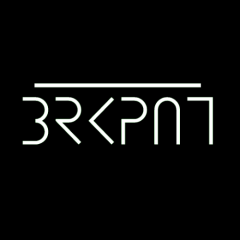You could have a more predetermined hard-set panning going on where each piano occupies like 70% of the stereo field left and right respectively, from lows to highs, or you could adjust the piano lines in a totally free form way in the stereo field, pretty much ignoring the idea of conventional microphone setups. If your arrangement is really defined by 2 pianos playing alongside, the idea of ignoring any conventional static setup of microphones seems like a real attraction to experiment and getting some unusual stereo sound out of the 2 pianos.
I’m really just saying that ignoring any kind of believable setup could maybe elevate your piece to something different, unheard-of, and you might end up liking it better that way. I haven’t mixed much natural piano in a long while, but I remember that whenever there were some implied rules like bass notes on the left and highs on the right, it could be fun to break those. If you can defy expectations in a meaningful way, just go for it...
it really all depends on what each piano is playing, and how they complement each other in the stereo field. You either write for a predetermined setting, and create a believable three dimensional tone, or you write for effect and free form, going freestyle with whatever free form panning you prefer at the moment.
whatever Piano vsti and sequencer you’re using, you don’t have to flat mono them, right? You can probably do a compromise Where one piano does 70% of the stereo field from the left and the second one does 70% from the right. Whatever vsti you’re using, you can probably adjust the degree of stereo separation from 1-88 per key. So you can yourself decide how mono you want each piano to sound like. This all depends on whatever instrument you’re using, and the way your sequencer and built-in mixer corresponds with it, I suppose.



.thumb.jpg.f98077b6fd51f6b897a7fd487af59377.jpg)


